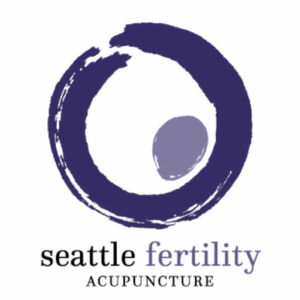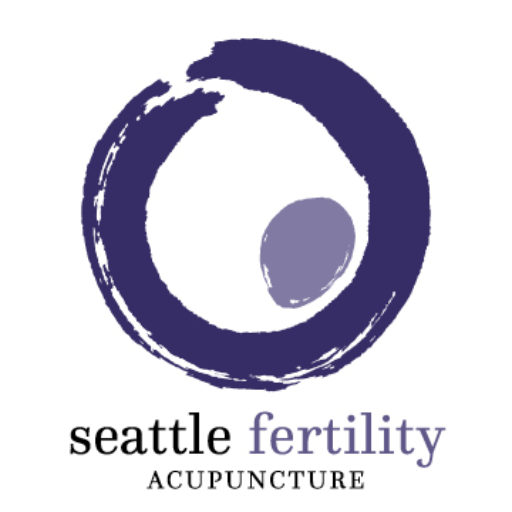Journal of Chinese Medicine • Number 103 • October 2013 Lia Andrews
Abstract
There are three times during a woman’s life when she has the opportunity to either improve, or else risk damaging her health. These are menstruation, postpartum and menopause. This theory has historically been used by practitioners of traditional Chinese medicine (TCM), and has more recently been popularised by Dr. Zhuang Shuqi, a Taiwanese doctor of TCM specialising in women’s health. This article expounds on this theory and explores its relevance to modern Western society, presenting a comprehensive description of the main pathologies, practices, prohibitions, dietary approaches and lifestyle choices that practitioners should be aware
of in order to help women recover and optimise their health during these life transitions.
Introduction
Traditional Chinese culture has a rich history of menstrual, postpartum and menopausal healthcare. Even with modern medical advancements, these practices – particularly postpartum care – remain part of traditional medical and lay practice in modern Taiwan and China. These times are considered the ‘Three Golden Opportunities’,1 when proper care can greatly improve health, whereas lack of care can cause illness. Although these concepts are not new, this article is based on the relatively recent work of Dr. Zhuang Shuqi, who has successfully translated such traditional knowledge into modern culture.2
Although our society has changed in the past 2500 years, the natural cycles that govern our bodies have not. A foundational principle of traditional Chinese medicine is that by understanding natural cycles – and adapting behaviour accordingly – people can increase their vitality and avoid disease. The corollary of this is that much disease is essentially caused by ignorance. The first chapter of the Huangdi Neijing (Yellow Emperor’s Inner Canon) described the cycles of jing (seven year cycles for women and eight year cycles for men), which reads as a rather grim description of how the average person loses vitality far before their natural lifespan is over. It also describes sages and advanced beings who lived according to the natural cycles and enjoyed vitality and reproductive ability beyond 100 years.3 Thus from its beginning, traditional Chinese medicine offered the possibility of more than just treating or even preventing illness – it mapped out how to optimise health. The quest for balance Traditional Chinese medicine, and the Daoist and other philosophies upon which it is based, teaches that in an uncultivated state human beings do not necessarily always strive towards balance and vitality. We are a composite of drives, emotions and thoughts that may either clash with – or move us towards – health and vitality. While TCM theory states that balance manifests as vitality whilst imbalance manifests as disease and death, it does not state that we will automatically remain balanced without conscious effort. The purpose of self-cultivation, food therapy and other therapeutic practices are to harmonize the opposing forces within ourselves and maintain balance. Qigong and meditation, for example, serve to calm emotions that otherwise tend to disturb balance, and to keep the acupuncture channels open that can otherwise easily become blocked through the challenges of life. Of all our basic drives, the biological imperative to continue the species has always been viewed in TCM as a powerful force that can be harnessed to increase our wellbeing, or else bring us to ruin. The first chapter of the Nei Jing states explicitly that the procreative drive can lead individuals to deplete their reserves prematurely. It also tells us that this can be remedied through conscious choice. Women’s bodies treat every ovulation as a potential offspring, putting out resources every month in the form of qi, blood, body fluids and jing (essence).


